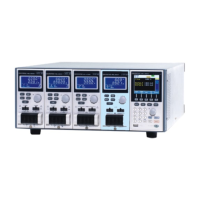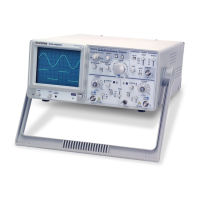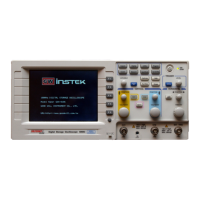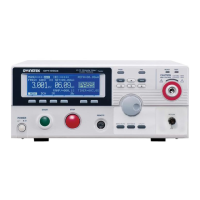PEL-3000(H) User Manual
126
Sequence
The PEL-3000(H) supports both programs and sequences. The
essential difference between programs and sequences is that
programs can use different operating modes for each step while
sequences use the same operating mode throughout the whole
sequence. In effect sequences are used to create complex load
simulations.
There are two different types of Sequences, Normal Sequences and
Fast Sequences.
Normal sequences can define the execution time and slew rate of
each step.
On the other hand the execution time for each step in a fast
sequence is fixed to the rate (Time Base setting) set by the user.
Normal Sequence Overview
A normal sequence is comprised of a user-defined
number of steps that when executed in sequence
can be used to simulate a DC load.
Up to 1000 discrete steps can be configured
using normal sequences.
Each normal sequence can have a memo note
attached to it.
Normal Sequences can be looped up to 9999
discrete times or for an infinite amount of
times.
Normal sequences can be configured to hold a
set voltage, current, power or resistance at the
end of the load.
Normal Sequences can be linked together in a
chain.

